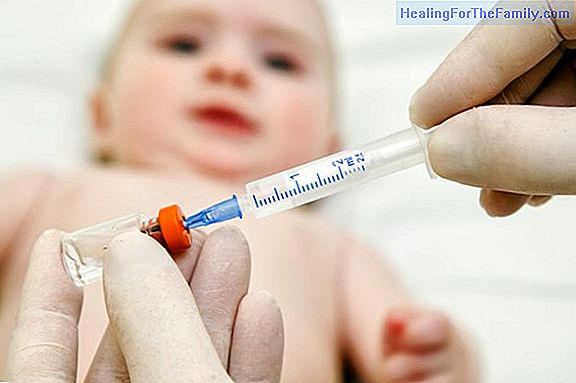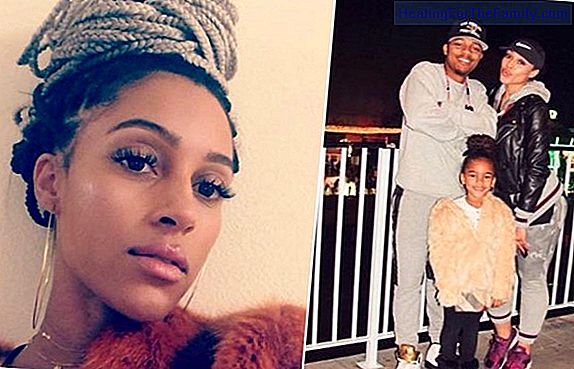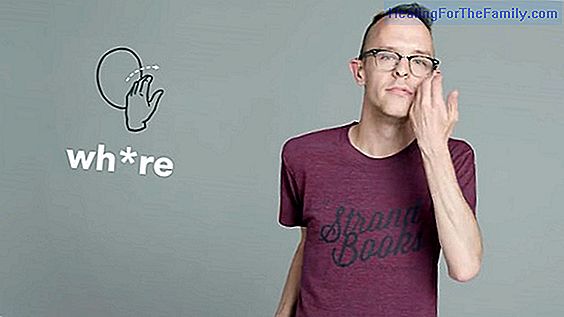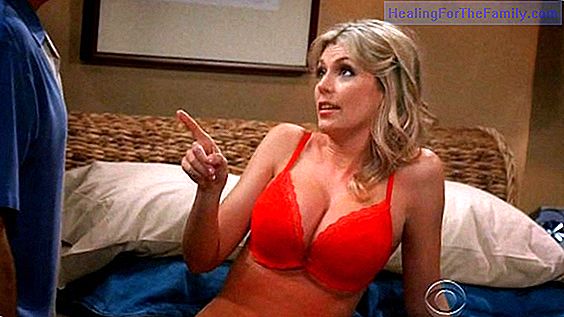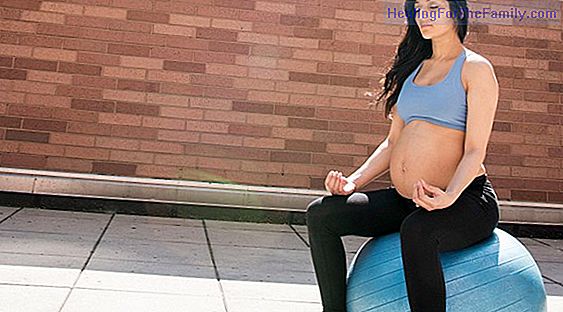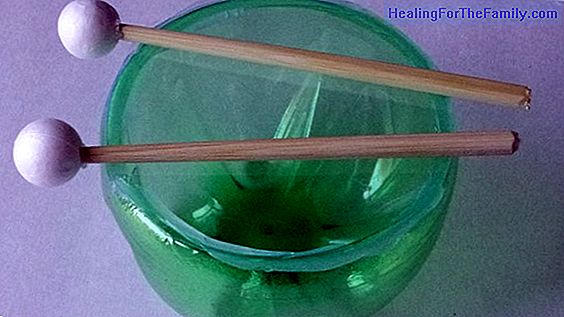10 Tips to prevent accidents in childhood
Most accidents that occur at home with babies and children are the responsibility of the parents or the adult who cares for them. It is not that they cause these accidents, but they could have avoided them. Thinking about it, the Spanish Association of Pediatrics of Primary Care , together with the
Most accidents that occur at home with babies and children are the responsibility of the parents or the adult who cares for them. It is not that they cause these accidents, but they could have avoided them. Thinking about it, the Spanish Association of Pediatrics of Primary Care, together with the Fundación Mapfre ha, has elaborated itsDecalogue of the prevention of accidents in childhood , so that the parents take it into account at the time of leave your children alone, be it in the room, in the kitchen, bathroom, in the living room or garden of the house.Decalogue of accident prevention in childhood
1. Accidents are one of the most frequent causes of death in children. They are among the first three causes in children under 14 years. Most accidents are avoidable. Something could have been done to prevent them from happening. In case of emergency call
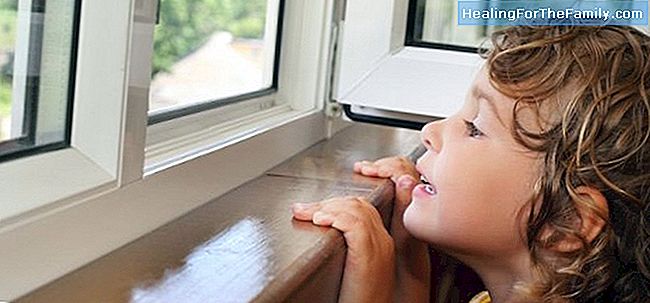
112 , if you live in Spain.2. In each age, the way to prevent them is different. In small children the house must be a safe space and guarded by adults. Never leave a young child alone at home. Older children should be taught to protect themselves. En 3. At home: protect windows with bars or security locks and do not put chairs or low furniture in front. Put handrails on the stairs. Protects plugs, stoves and braziers. Use the fires from behind in the kitchen. Do not cook with the child in your arms. Be careful with the temperature of the bath water and do not leave young children alone in the bathtub. Protects the corners of tables and furniture. Put stops on the doors, ...
4. With the objects that surround them, they also have an accident. They can: fall off the changing table, the highchair or the stroller. Choking on small parts of toys or with a balloon. Swallow a button battery. Check the toys, wrappings and other objects that children play with. Consult the Safety Guide for children's products: Potentially hazardous products. Los 5. Medications and toxics: do not leave them where a child can reach them. Do not tell him that the medications are candy. Always use the syrup meter instead of cutlery spoons. Never store cleaning or toxic products in water or soft drink containers, children can drink it! Do not hesitate to call the Toxicological Information telephone: 91-5620420 if the child has taken something. En 6. In other houses and places where the child often goes: in the home of the grandparents, of other relatives, in the nursery, in the school. Make sure that in all of them the environment is safe. En 7. In the car: always and correctly use a car seat or restraint system approved and appropriate to your weight and height. It must be well installed. There should be no slack between the belt and the body of the child, so it is better not to wear heavy clothing. If they go on school transport, they should carry restraint systems. Give a good example by always putting on your belt. En 8. In leisure spaces: the park, sports centers, squares, swings, games, goals, must be well anchored and comply with safety regulations. The floor in the spaces for small children should be made of soft materials.
9. By bicycle or by walking: put on your helmet to ride a bike, and give it a good example by putting it on you too. Be prudent and patient and teach him to cross the street correctly both by bike and by walking.
10. In swimming pools, beaches and other swimming areas: do not lose sight of young children. Private pools should be fenced on all sides and keep your door closed when an adult is not watching.
If you want to print the Decalogue of Accident Prevention in childhood, click on the image next to it.




